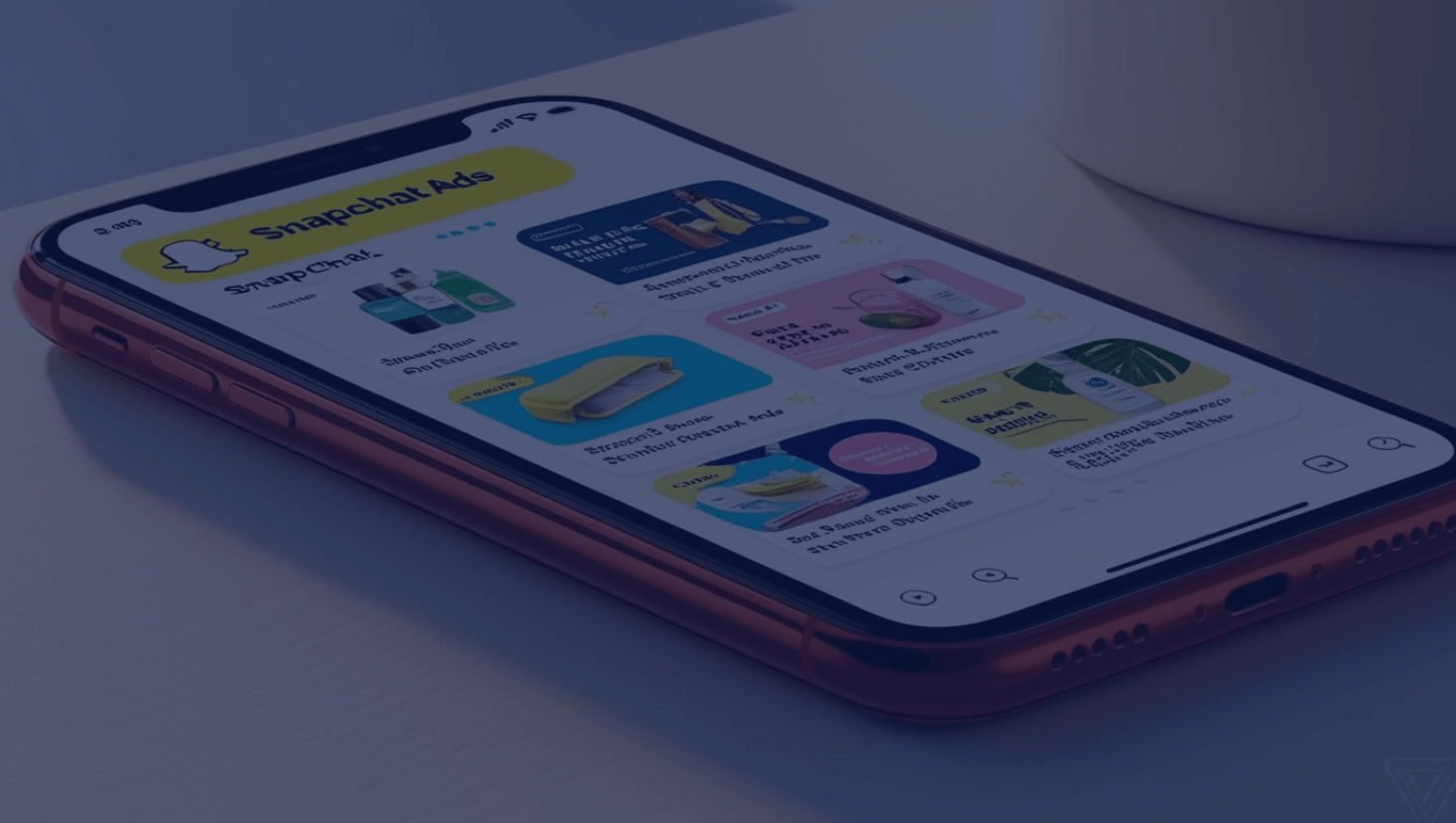The big phenomenon currently making waves on the interwebs right now, Chatroulette, is like Skype on steroids. It’s the newest innovation in live video conferencing. With the recent buzz it’s generated on the USA Today and NYTimes , you may already be familiar with how Chatroulette works.
For those who are unaware of the crazed, addicting, and somewhat creepy nature of th
The traffic to Chatroulette.com has exploded in recent weeks. According to AdAge, traffic doubled in one week from 20,000 to 40,000. Copycats of the service such as Redditroulette and Tinychat are also cropping up. What is the obsession for people over this thing? It’s hard to say. However, if marketers can figure out what is driving people to flock to sites like Chatroulette, they may discover how to market to mass audiences through interactive video conferencing.
In his article on AdAge, Matthew Szymczyk says that Chatroulette might lay the groundwork for the future of live video conferencing and streaming. Here are some recent stats he presented that shows how the live conferencing site Ustream is benefiting celebrities, artists, and film studios:
- Tiger Woods’ live Ustream broadcast had 683,000 streams.
- MySpace and Ustream’s live premiere event for
“ Alice In Wonderland ” had 400,000 streams. - YouTube’s U2 concert drew over 10 million streams.
Chatroulette’s growing popularity, along with these numbers show that consumers are very interested in interacting live through video. Szymczyk also says there is innovation to be made in desk-top based video conferencing. ZugStar, for example, brings augmented reality into the world of online video streams.
It will be interesting to see if interactive video conferencing will ever become a part of a brands social media strategy. There seems to be some opportunity there.
Do you think the technology can help brands reach a mass audience like artists and celebrities do on sites like Ustream? Or do you see it a passing fad or an invasion of privacy?





